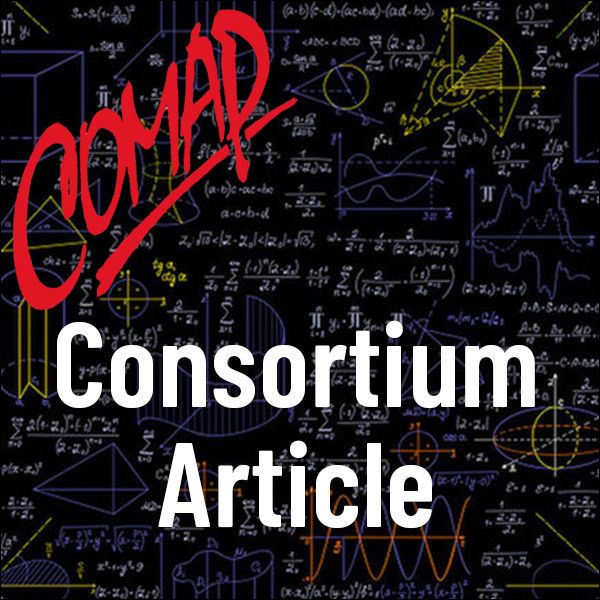Trilateration: One Key to GPS Geometry
Author: Jon Choate
One of the technologies that has made our lives much easier is the Global Positioning System or as it’s known as GPS. This Geometer’s Corner will focus on what GPS is and some of the mathematics behind how it works. The system makes use of satellites which fly in medium Earth orbit at an altitude of approximately 12,550 miles. Each satellite circles the Earth twice a day. The satellites in the GPS constellation are arranged into six equally spaced orbital planes surrounding the Earth.
Note: The information below was created with the assistance of AI.
Level of Mathematics
The mathematical level aligns with high school Algebra II through Precalculus, potentially extending into early college-level analytic geometry. Specific elements include:
-
Systems of nonlinear equations (quadratics in two and three variables)
-
Coordinate geometry in both 2D and 3D
-
Algebraic manipulation and substitution
-
Application of the quadratic formula and geometric problem-solving in 3D space
This is suitable for students with a solid grounding in:
-
Algebraic expressions
-
Functions and their graphs
-
Cartesian coordinate systems
-
Basic 3D geometry
Application Areas
The content is centered around GPS technology and uses trilateration to:
-
Determine positions on Earth
-
Understand how signals from satellites are used to calculate distance
-
Model real-world navigation problems
Broader applications include:
-
Satellite navigation systems
-
Geographic Information Systems (GIS)
-
Surveying and geolocation
-
STEM careers in aerospace, defense, and telecommunication industries
This integration of real-world technology into mathematics offers students insight into applied STEM fields.
Prerequisites
Students should be familiar with the following topics:
-
Algebra II concepts:
-
Solving systems of equations
-
Quadratic equations and factoring
-
-
Geometry:
-
Properties of circles and spheres
-
Distance formula
-
-
Analytic Geometry:
-
Cartesian coordinates in 2D and 3D
-
Equation of a circle: (x−h)2+(y−k)2=r2(x - h)^2 + (y - k)^2 = r^2(x−h)2+(y−k)2=r2
-
Equation of a sphere: (x−h)2+(y−k)2+(z−l)2=r2(x - h)^2 + (y - k)^2 + (z - l)^2 = r^2(x−h)2+(y−k)2+(z−l)2=r2
-
A preliminary understanding of basic physics concepts (e.g., speed of light, signal transmission) may also enhance comprehension, although not strictly necessary.
Subject Matter
The core subject is trilateration, a geometric method used to determine positions using distances rather than angles (which would be triangulation). Highlights from the document include:
-
Explanation of GPS system geometry (Page 1)
-
Step-by-step derivation for intersecting two circles in 2D (Figure 3)
-
Extension into 3D with three spheres intersecting at two points (Pages 2–3, Figures 4–6)
-
Introduction of a fourth sphere to pinpoint a unique position in space (Figure 7)
-
Visualization with 3D diagrams (Figures 5–8)
This builds mathematical insight into how complex systems can be modeled through basic geometric principles.
Correlation to Mathematics Standards
The lesson connects well with the Common Core State Standards for Mathematics (CCSSM) and NCTM (National Council of Teachers of Mathematics) standards, particularly:
CCSSM Connections:
-
HS.G-GPE.B.4–7: Use coordinates to prove simple geometric theorems algebraically
-
HS.A-REI.C.5–7: Solve systems of equations
-
HS.G-GMD.A.3: Use volume formulas for cylinders, pyramids, cones, and spheres
-
HS.MP.4: Model with mathematics (strong modeling component with GPS)
NCTM Process Standards:
-
Problem Solving: Apply geometry to a real-world GPS context
-
Reasoning and Proof: Use logical steps to determine intersection points
-
Connections: Link math concepts to technology and navigation systems
-
Representation: Graphical and algebraic representation of geometric problems

Mathematics Topics:
Application Areas:
Prerequisites:
You must have a Full Membership to download this resource.
If you're already a member, login here.